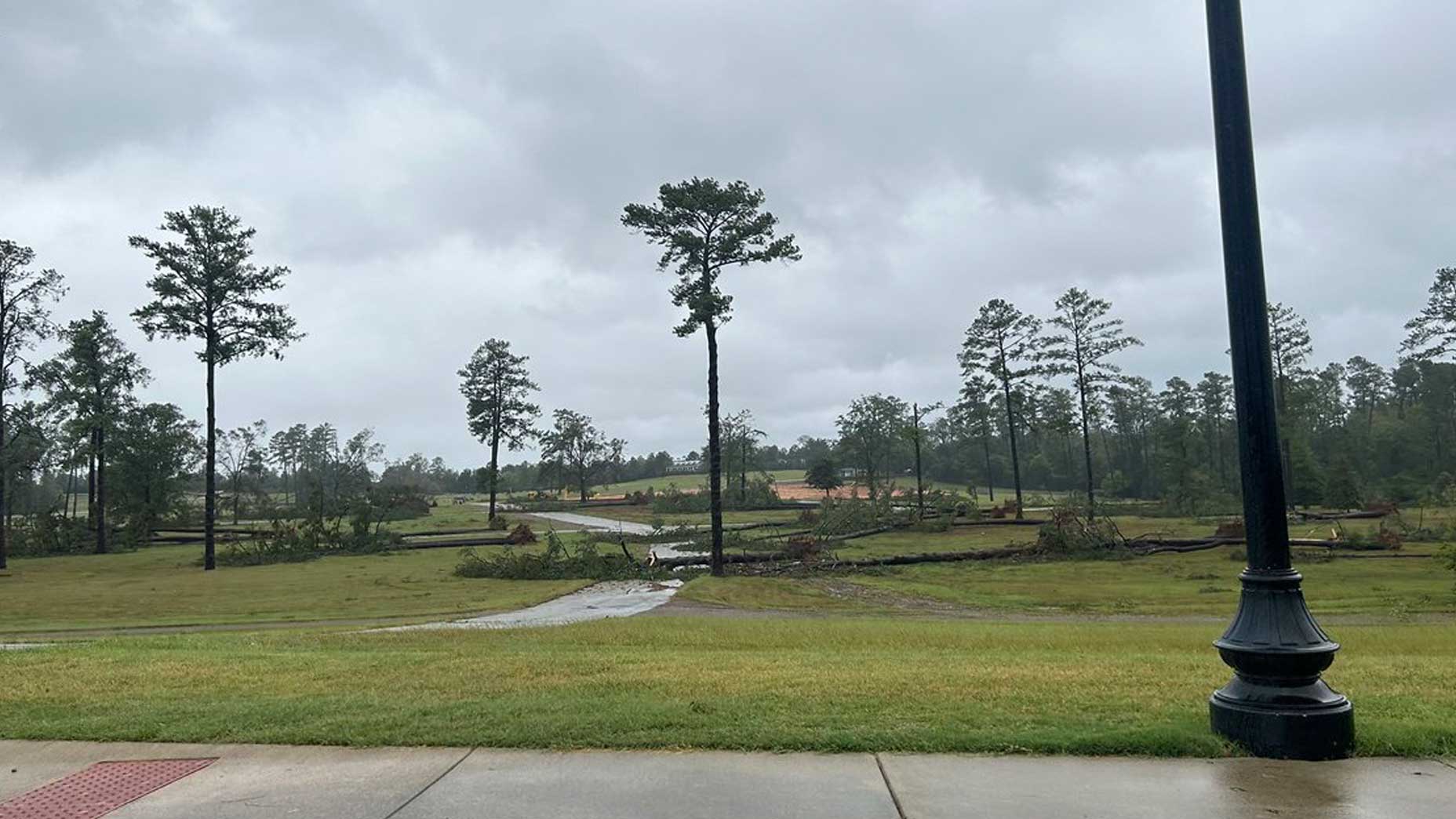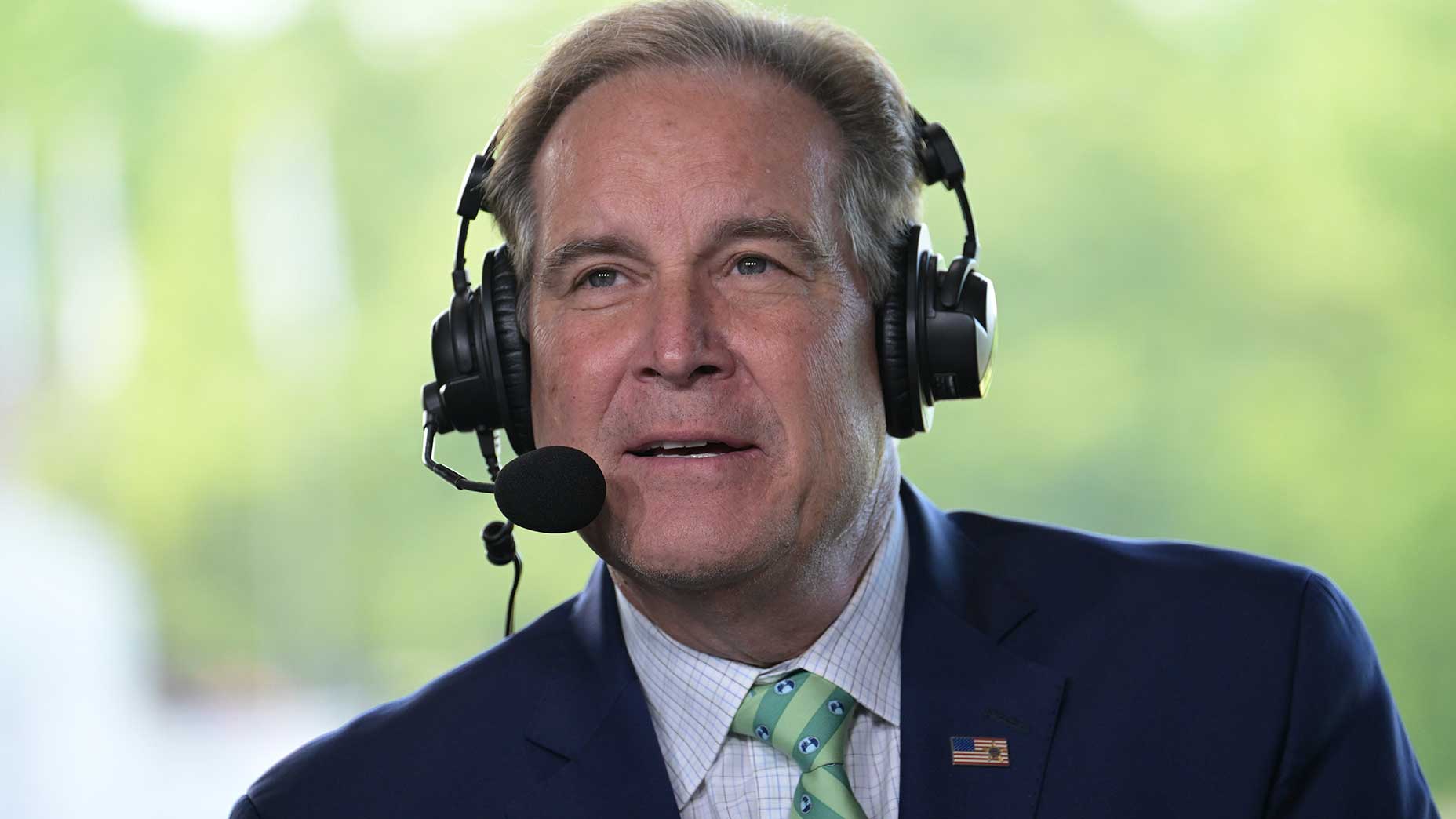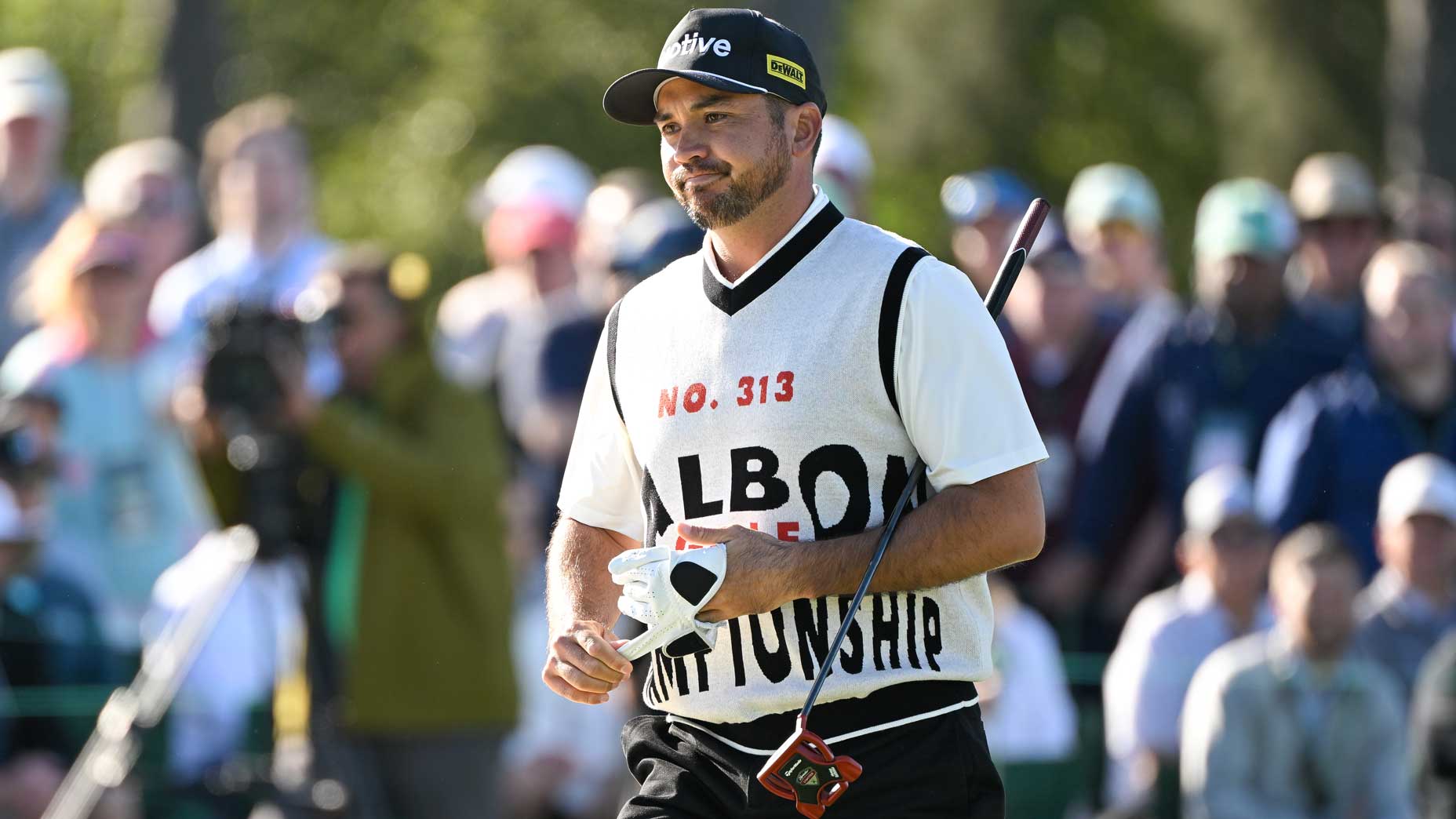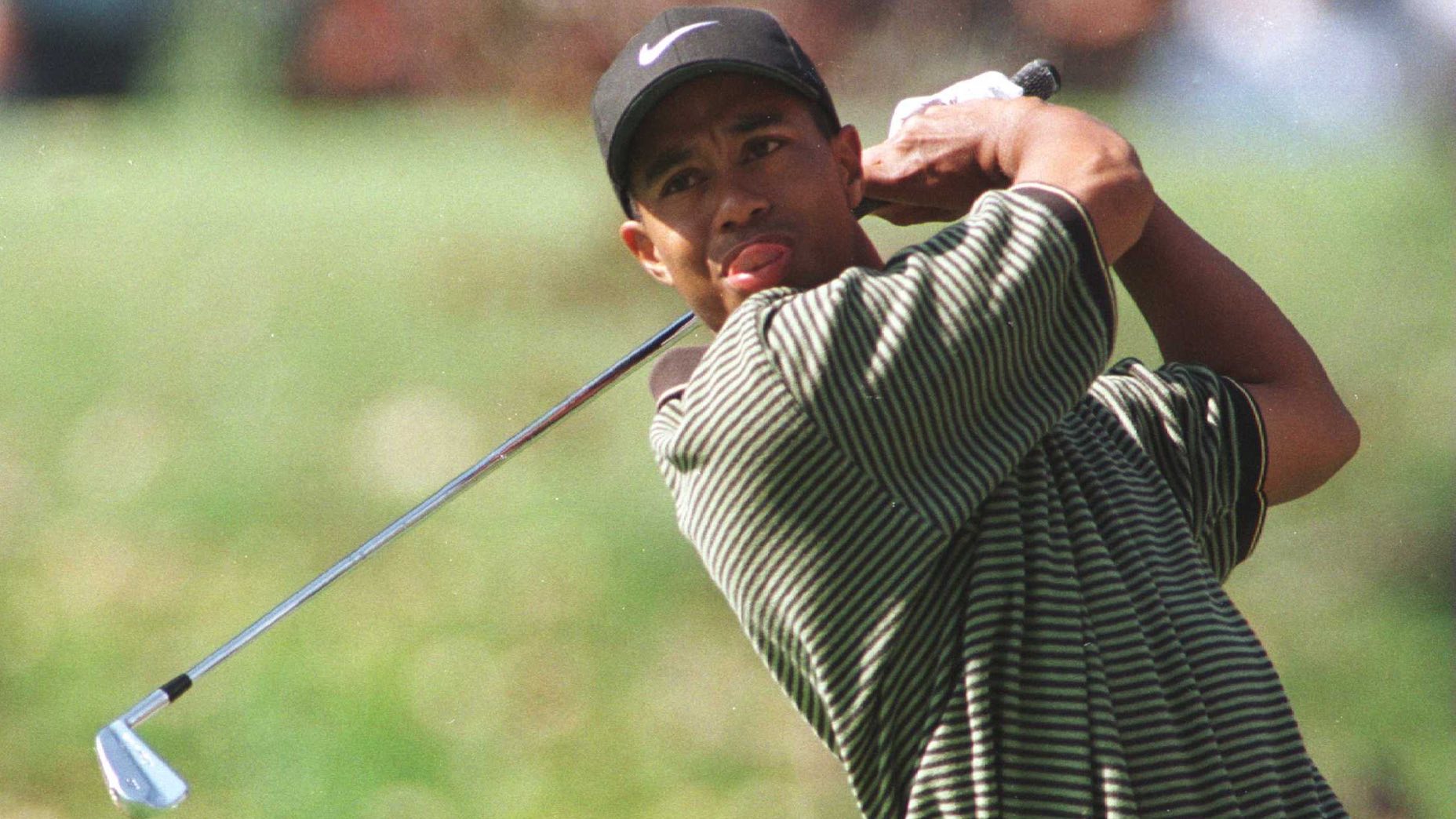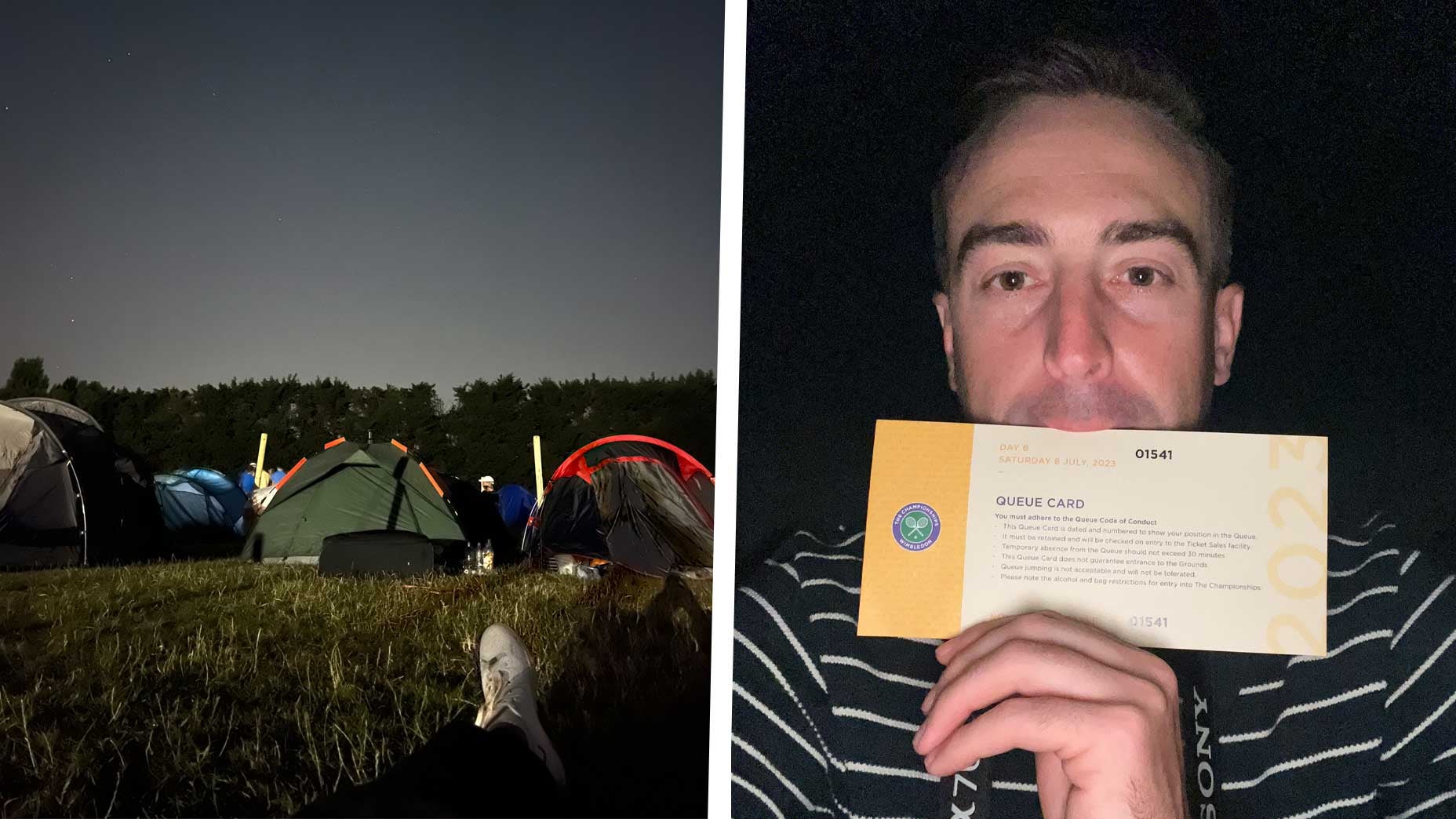What is Amen Corner? Get to know Augusta’s iconic Masters holes
- Share on Facebook
- Share on Twitter
- Share by Email

The green of the par-4 11th (with the par-3 12th in the background) at Augusta National Golf Club.
ANGC/Getty Images
It’s one of the most iconic nicknames in all of sports, not to mention one of the coolest spots on earth — at least for golf fans. As for pro golfers competing in the Masters? It can be a little more treacherous.
In short, Amen Corner is a famous stretch of holes at Augusta National Golf Club, home of the Masters. This 2024 edition will be the 88th playing of golf’s biggest tournament — and Amen Corner is a name golf fans will hear often.
So, what is it? Don’t fret. We have you covered.
What is Amen Corner?
Amen Corner essentially refers to the 11th, 12th and 13th holes at Augusta National, which are also some of the most famous holes in all of golf. Collectively, they make up golf’s most famous trio.
More preciously, Amen Corner is the second shot of the par-4 11th hole, the entire par-3 12th hole and the first half of the par-5 13th hole. However, if you refer to Amen Corner as the 11th, 12th and 13th in their entirety, it’s not like many people will correct you.
The term was coined by legendary sportswriter Herbert Warren Wind, who used it in a 1958 Sports Illustrated piece when trying to find the most suitable name for the area of the golf course in which a crucial moment of the tournament happened. He was inspired by the jazz song “Shoutin’ in that Amen Corner” by Mildred Bailey, and he was also influenced by other key “corners” in the sports world, like baseball’s “hot corner” and football’s “coffin corner.” The name stuck.
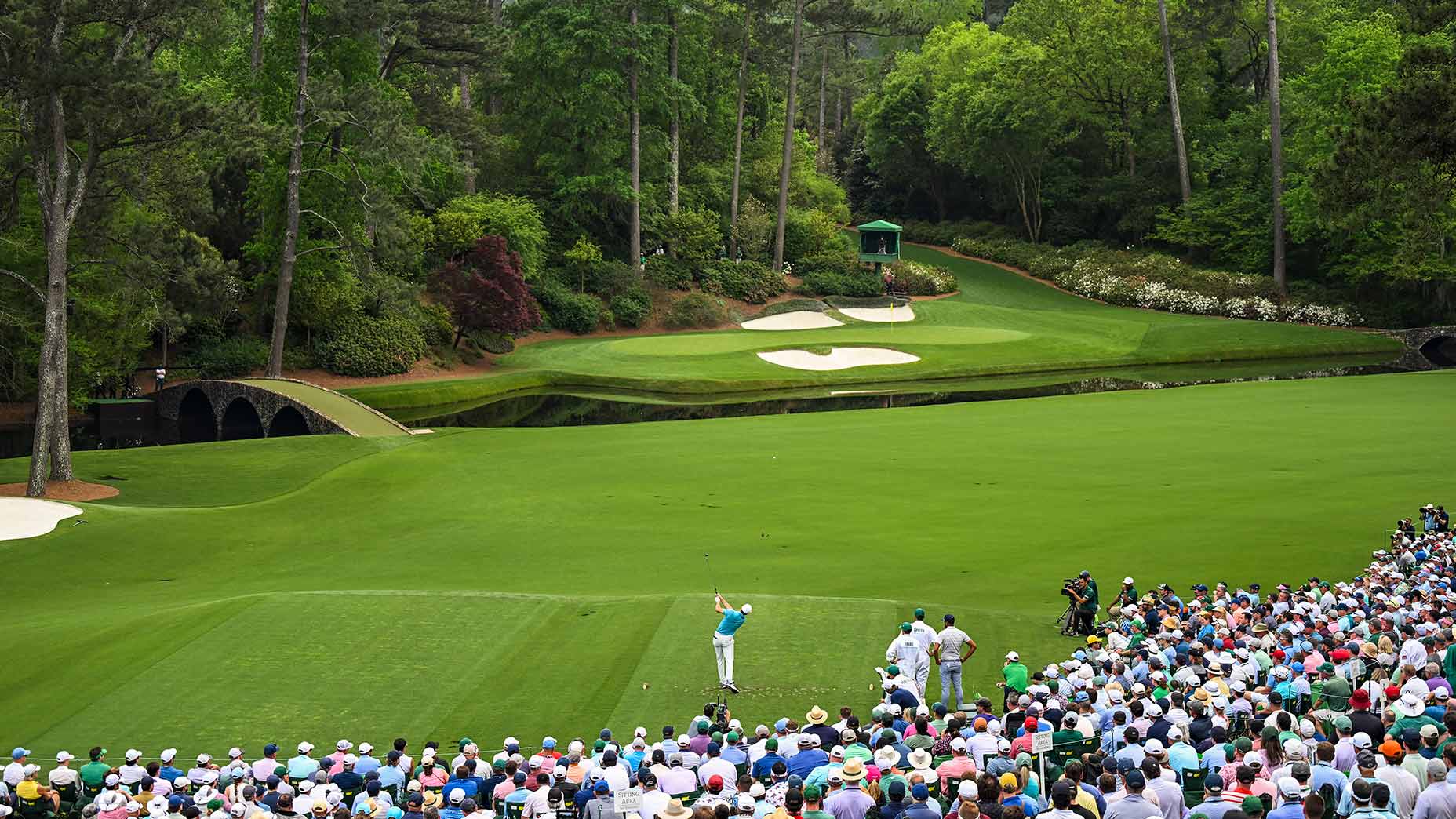
In 1958, heavy rain made for a soggy final round, and a local rule was put in place to allow players who found their balls embedded to lift and drop without penalty. Arnold Palmer ran into this situation on the 12th hole, when his ball embedded in a bank behind the green.
Although in this instance, the rules official was uncertain about the applicability of the rule, so Palmer played the embedded ball and a second ball. He made a double-bogey 5 with the original ball and a 3 with the second. Meanwhile, the Masters committee decided on a ruling. On the 15th, Palmer was informed the 3 would count. He went on to win by one, claiming the first of his four Masters titles.
“On the afternoon before the start of the recent Masters golf tournament, a wonderfully evocative ceremony took place at the farthest reach of the Augusta National course — down in the Amen Corner where Rae’s Creek intersects the 13th fairway near the tee, then parallels the front edge of the green on the short 12th and finally swirls alongside the 11th green,” Wind wrote.
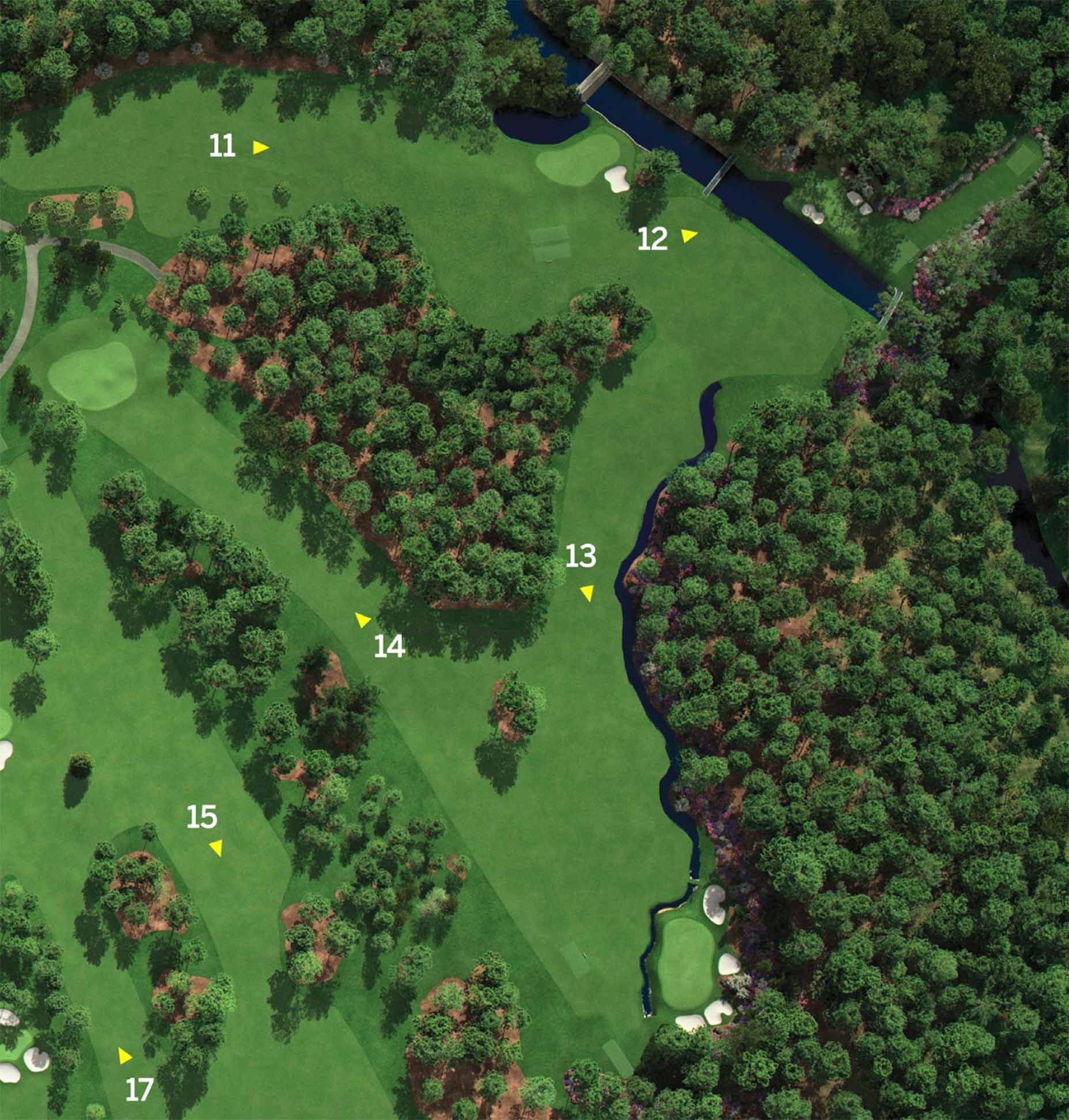
In the history of the Masters, the 11th ranks as the hardest hole on the course (4.303 scoring average), with the 12th as the fourth-hardest (3.270). The 13th ranks as the easiest hole at Augusta National (4.775 average).
While the 11th may be the most difficult at Augusta National, the 155-yard 12th — called “Golden Bell” — is what generates most of the headlines. Set against a gorgeous backdrop of azaleas, it’s usually a short iron for pros into a green where no patrons are allowed near. But swirling winds and a small landing area — the green is no deeper than about 14 yards at any point — call for precision. Three bunkers guard the green, and Rae’s Creek gobbles up anything short.
Pros passing through also know the horror stories of this place: Tom Weiskopf’s 13 in 1980, Jordan Spieth’s 7 in 2016, and Francesco Molinari’s 5 in 2019.
“I always approached that area with great trepidation,” two-time Masters champ Ben Crenshaw told Masters.com in 2023. “All throughout the first nine, the players are trying to get a few strokes to cushion themselves before they go into the Corner. They know what can happen there, and they know what has happened there. Somebody said a long time ago that the only thing you hear over there is the player’s heartbeat and the caddie’s heartbeat.”
Latest In Travel

Josh Berhow
Golf.com Editor
As GOLF.com’s managing editor, Berhow handles the day-to-day and long-term planning of one of the sport’s most-read news and service websites. He spends most of his days writing, editing, planning and wondering if he’ll ever break 80. Before joining GOLF.com in 2015, he worked at newspapers in Minnesota and Iowa. A graduate of Minnesota State University in Mankato, Minn., he resides in the Twin Cities with his wife and two kids. You can reach him at joshua_berhow@golf.com.



